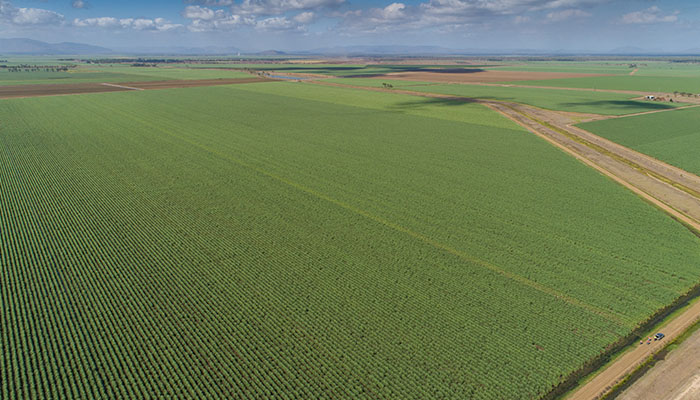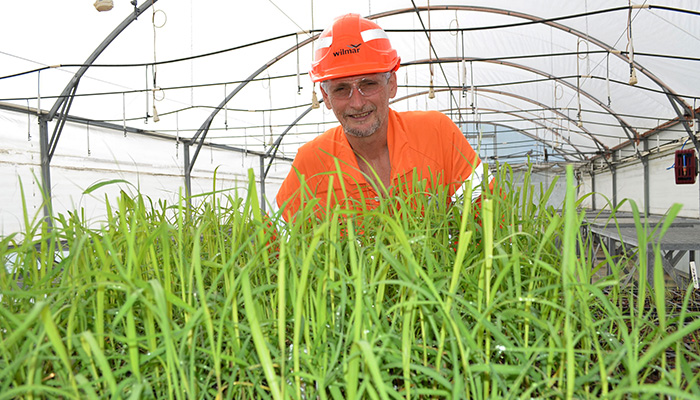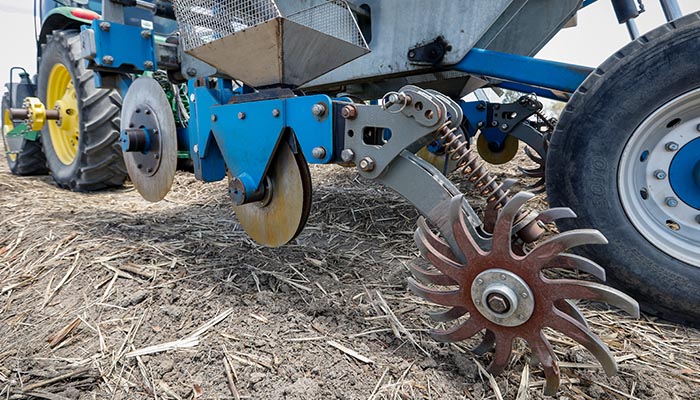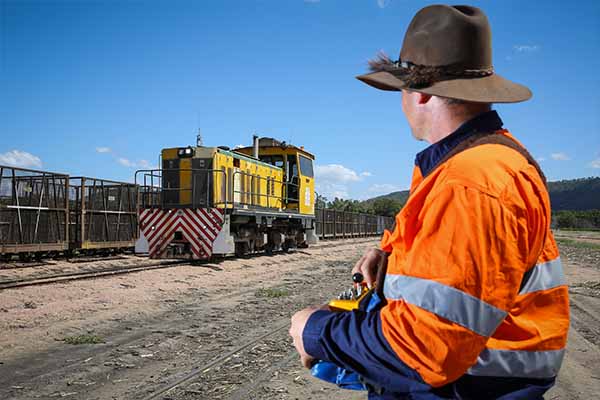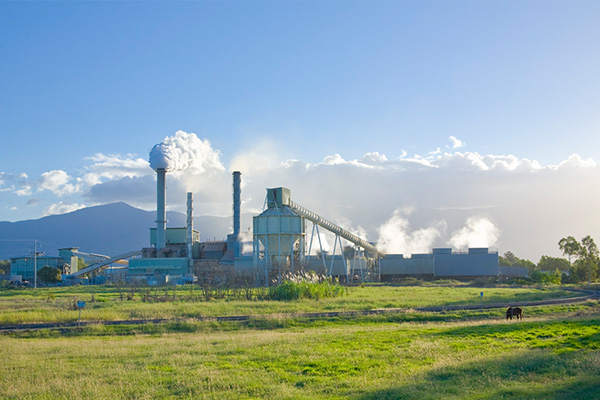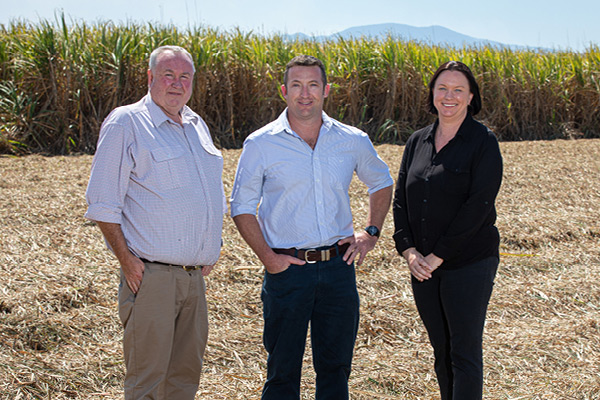We operate one of the largest and most advanced sugarcane farming operations in Australia, producing more than half a million tonnes of sugarcane each year under best practice principles.
Our farming operations span about 7,300ha of agricultural land across Wilmar’s four Queensland milling regions. That’s greater than the area of Magnetic Island off Townsville and twice the size of Norfolk Island in the South Pacific.
Our company-owned and leased farms produce about 520,000 tonnes of sugarcane a year, which is supplied to our mills in the Herbert, Burdekin, Proserpine and Plane Creek regions.
We operate our farms under the best practice principles of the Queensland sugar industry’s Smartcane BMP program. This includes following the ‘Six Easy Steps’ guidelines to apply the correct rate of nitrogen and phosphorus to the cane plant while minimising the loss of nutrients and sediment to the environment. We also follow best practice guidelines for the management of irrigation, drainage, weeds, pests and diseases.
Because water is such a precious resource, we have invested in a number of capital projects to optimise water use efficiency. This includes the development of large recycling pits which enable us to capture and reuse irrigation tail water to benefit the cane crop and the environment.
Technology is used extensively across our operations – from planting through to harvesting. For example, our farms team uses GPS technology to accurately apply and record the correct amount of fertiliser to an area of land. In some locations we also conduct real-time yield monitoring of harvested blocks. We also use technology to guide our irrigation scheduling.
We are always striving to make our farming practices better and more sustainable, so we invest heavily in innovation, research and development. The knowledge acquired through our research is made available to other farmers and the broader sugar industry. This helps boost farm productivity and increase cane volume through our mills.




